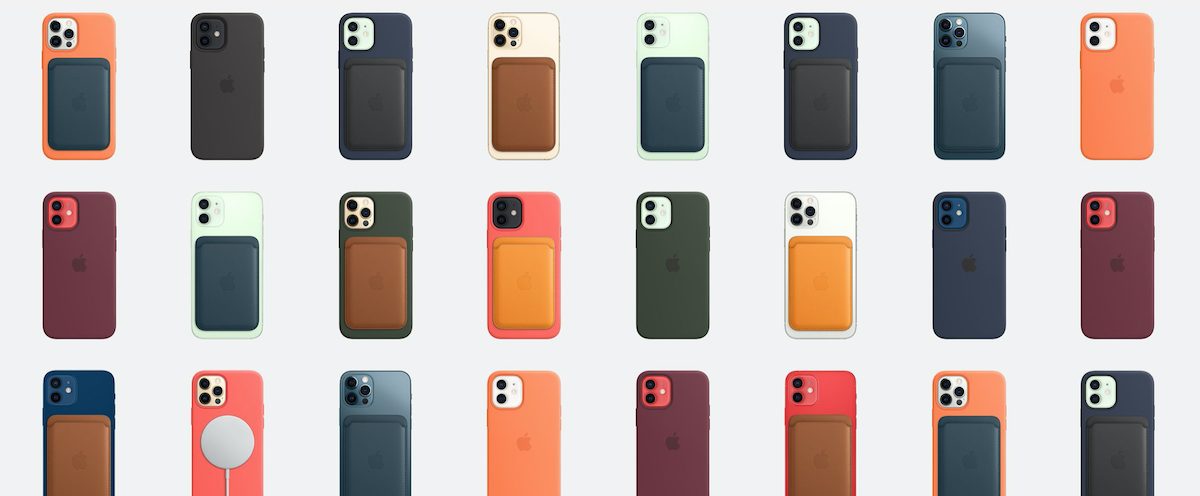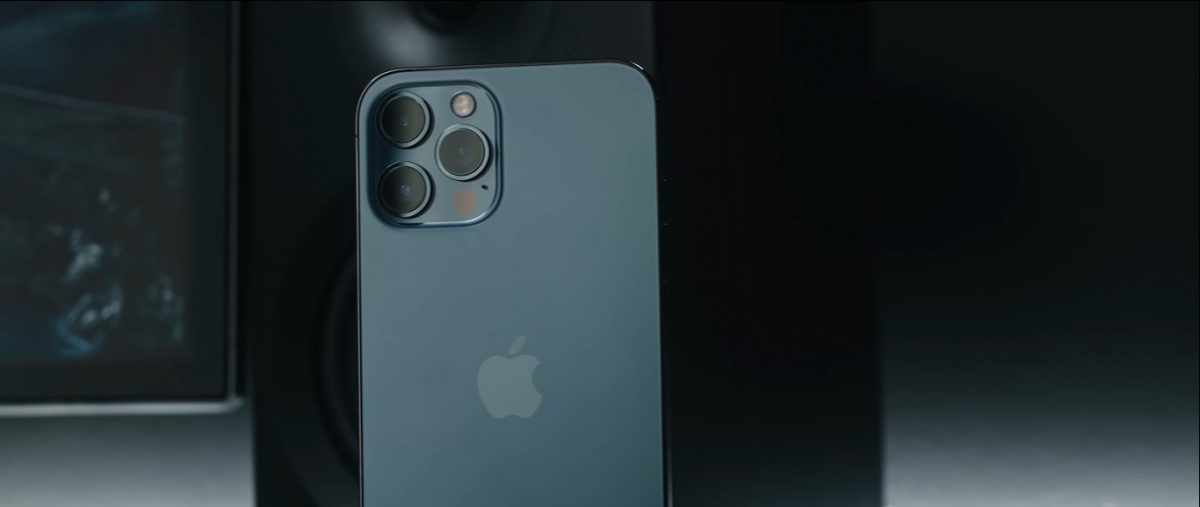Apple previously warned iPhone 12 owners that the magnets in its magnetic accessories could meddle with implanted medical devices.
Last month, Apple provided more clarity on the issue in a new support document, which medical professionals, like cardiologists, have been warning users about since the release of the iPhone 12 in October.

Cardiologists say iPhone 12 could prove to be dangerous for people with pacemakers, defibrillators
Apple explained in its support document that MagSafe accessories, namely the MagSafe Charger and MagSafe Duo Charger, might be dangerous to those who have medical devices implanted such as pacemakers and defibrillators.
Though all iPhone 12 models contain more magnets than prior iPhone models, they’re not expected to pose a greater risk of magnetic interference to medical devices than prior iPhone models.
Medical devices such as implanted pacemakers and defibrillators might contain sensors that respond to magnets and radios when in close contact. To avoid any potential interactions with these devices, keep your iPhone and MagSafe accessories a safe distance away from your device (more than 6 inches / 15 cm apart or more than 12 inches / 30 cm apart if wirelessly charging). But consult with your physician and your device manufacturer for specific guidelines.
According to NBC25news, Henry Ford Heart and Vascular Institute cardiologist Gurjit Singh and his colleagues recently carried out tests to see how much of an impact Apple products have. Dr. Singh reported that more than 300,000 people in the U.S. undergo surgery to implant one of these devices every year, and around one in four smartphones sold last year was an iPhone 12.

The cardiac device contains switches that respond to an external magnet to change how the device works, which allows them to be controlled without the need for surgery. Dr. Singh and his colleagues took an iPhone 12 Pro and passed it over the chest of a patient with an implantable defibrillator.
“When we brought the iPhone close to the patient’s chest the defibrillator was deactivated,” said Dr. Singh. “We saw on the external defibrillator programmer that the functions of the device were suspended and remained suspended. When we took the phone away from the patient’s chest, the defibrillator immediately returned to its normal function.”
“We were all stunned,” he said. “We had assumed that the magnet would be too weak in a phone to trip the defibrillator’s magnetic switch.”
Dr. Singh is a specialist in the use of devices such as implantable defibrillators that detect an irregular heartbeat and shock the heart back into a normal rhythm, and pacemakers that use electricity to keep the heart beating.
We believe our findings have profound implications on a large scale for the people who live daily with these devices, who without thinking, will place their phone in their shirt pocket or upper pocket of their coat – not knowing that it can cause their defibrillator or pacemaker to function in a way that could potentially be lethal.
The report published in January on HeartRhythmJournal cautioned that iPhone 12 models and MagSafe devices could “potentially inhibit lifesaving therapy in a patient” due to magnetic interference with implanted medical devices.
Read More: